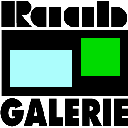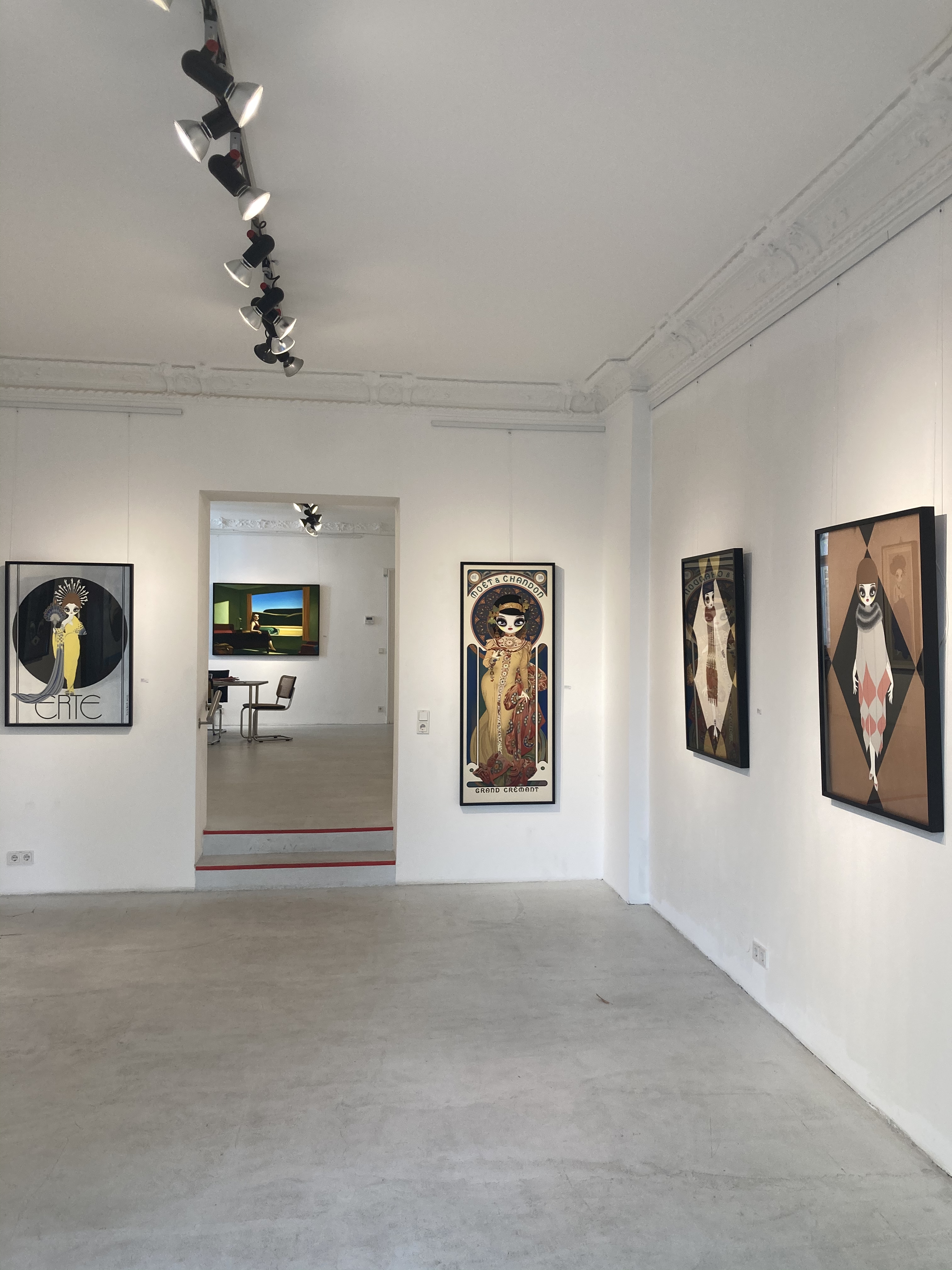
opening hours:
Tue-Fr 10-18:30
Sa 10-16
☎: ++49 +30 261 92 18
✉: mail@raab-galerie.de
The RAAB gallery

Raab Gallery was founded in former West-Berlin in 1978. For 23 years working in a Bauhaus building at Potsdamer Brücke with five meter high walls, it soon became famous for showing huge works by young Berlin artists like Elvira Bach, Rainer Fetting, Markus Lüpertz and K.h Hödicke. At the time it as well proofed to be a meeting point for emerging internantional artists such as Enzo Cucchi and Ernesto Tatafiore from Italy, Michel Alberola and Gerard Garouste from France, Donald Sultan and Chuck Close from the United States or Christopher le Brun from Great Britian, to name a few. After the wall went down Raab Galerie extended its Portfolio with an Artist from east germany: Hubertus Giebe, former master student of Bernard Heisig and lecturer at Kunstakademie Dresden. Street Art became an important issue for the last ten years, starting with by now internationaly well known berlin based Artist EL Bocho. While artists like Harald Klemm and Thomas Baumgärtel from Cologne close a gap between classical forms of artistic representation and new techniques with their stencil sprayed cavases, Raab Galerie also shows SKENAR73, a true graffiti writer. Since the gallery always strives to encurage new tendencies, plenty of group exhibitions have shown that street art and graffiti found their well deserved place in the canon of high quality contemporary art. Raab Gallery remains young and international to the day, with artists from Austria like Nina Maron and the sculpturer Martin Krammer as well as the next generation of Pop Artists such as Nuno Raminhos (Portugal), Ewen Gur (France) or Phillip Wolf (Spain). These western artists get complimented by South Korean Seoul based star artist Mari Kim, who shows that east asian art means in no way an opposition to western aesthetics but rather inspirational exchange.
current exibition: Ewen Gur - À Bientôt (05.04.25 - 28.04.25)
Ewen Gur - À Bientôt
While French comics have just found their way into the Berlin Museum
of Communication with Udzero's Asterix, Ewen Gur is showing new works
as a contemporary variation. The new oil paintings are picturesque
and delight the eye with powerful colors. The upcoming move to the
French countryside, one hundred and fifty kilometers from Paris, has
brought a lot of energy into the new works, the anticipation of more
space to work is palpable. Ewen Gur's works
We look forward to
welcoming you!
Ewen Gur's works have always had something exotic about them, and if they are more familiar now, it is also because they have become closer to us over the years. They have enabled us to appreciate the artistic expressiveness of a tradition from France without prejudice and in its particular form of expression. In the 1920s, Ernst Cassierer proposed using the possibilities of art to expand the boundaries of our perception. This is usually possible if you try to understand what your neighbour is doing. Over many years now Ewen Gur has given us the possibility to understand French thinking and thus discovering hiw close the works are as well to our thinking:
It is typically French, and stands in an intellectual tradition of the 19th century that owes its challenging openness to the upheaval caused by the French Revolution. Combined with sharp criticism from Honoré Daumier, for example, a witty, open and sharp artistic dialogue with the viewer emerged at that time, which has enjoyed great popularity ever since. Since the 1850s, French artists have been in creative competition with Japanese artists.Since then, we have also become visually accustomed to these forms, so that today's success of manga, for example, is no surprise. From now on, whenever it was culturally and politically possible, communication took place across the pond. The intellectual connection to America's comic tradition dates from this time. French/Belgian names such as Hergé, Udzero, names from advertising such as Erté, conquer the world every time there are new trends to show. Today, the black ligne claire versel. This is evident from his witty, open and sharp artistic dialogue with the viewer was already established at that time, and has enjoyed great popularity ever since. Since the 1850s, French artists have been in creative competition with Japanese artists - since then we have also been visually accustomed to these forms, so that today's success of manga, for example, is no surprise. From now on, whenever it was culturally and politically possible, communication took place across the pond.
Today, the black ligne claire has taken on a life of its own, uniting expressions of all colors and forms with the confident line of a graphic artist. Added to this is the mural, which has also been part of the canon of our galleries since the 1990s, and Ewen Gur is there with his very own signature. When Ewen Gur came to Berlin, we were not aware of the artistic discoveries we would make with him. The son of the chief restorer of Versailles has shown us that, despite all the closeness to tradition, one can very quickly find contemporary statements on this basis that are not only highly meaningful, but also lead to creative answers in an elegant way in dialogue with everyday questions.
RAAB Galerie | Imprint | Exibitions | Artists
copyright © 2020: RAAB Galerie Berlin, Germany
